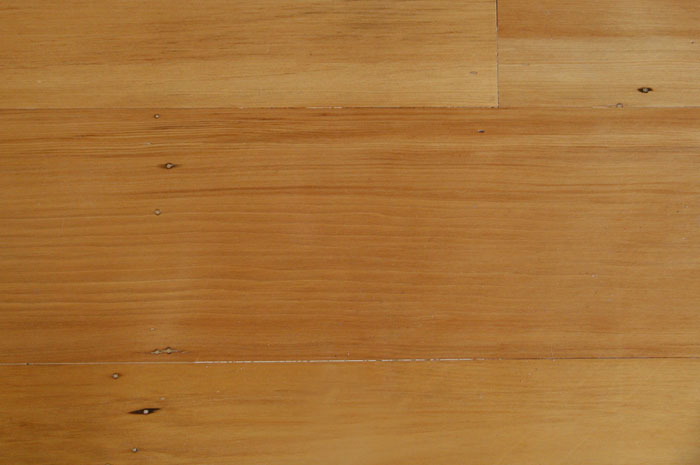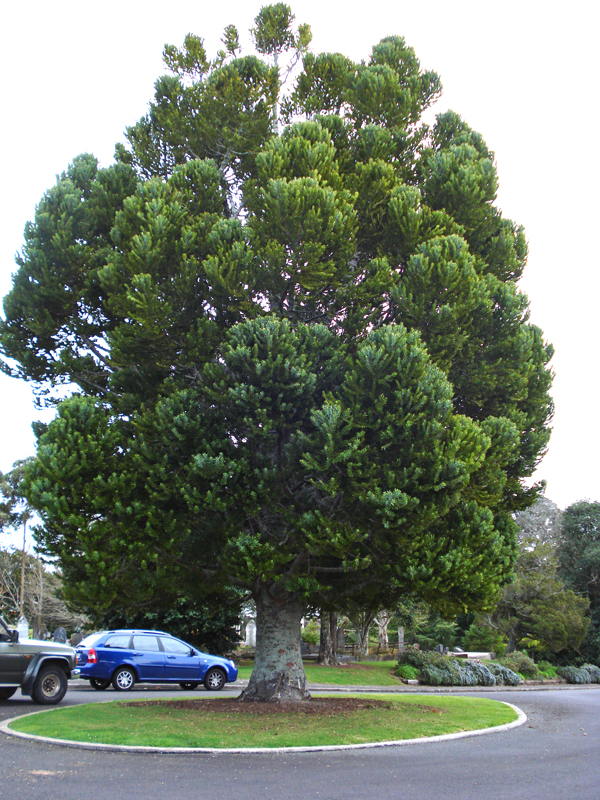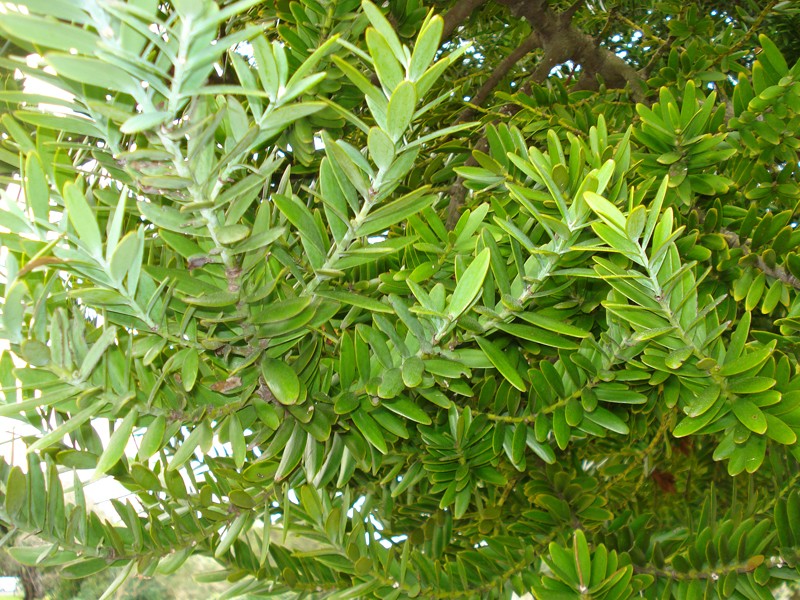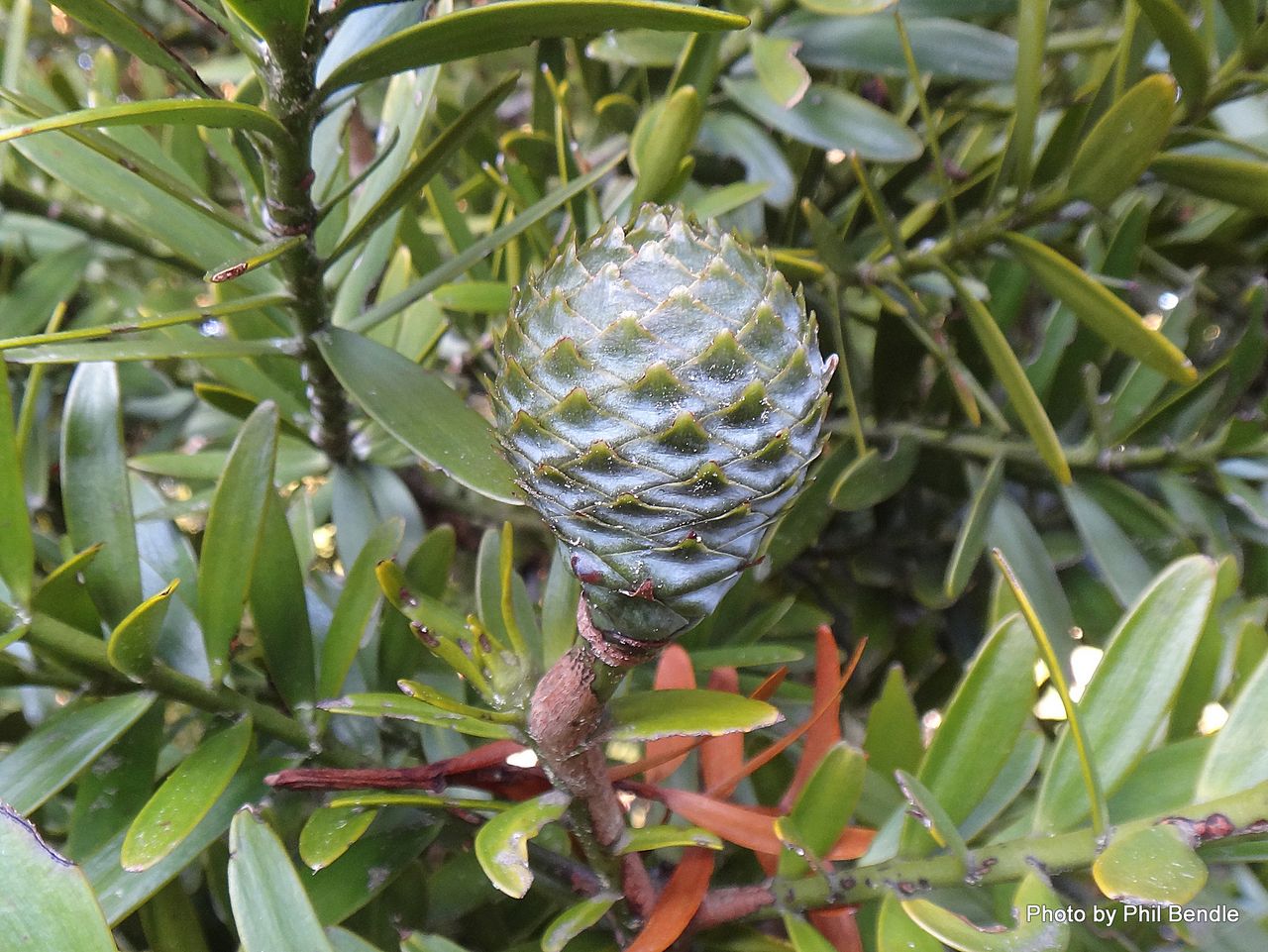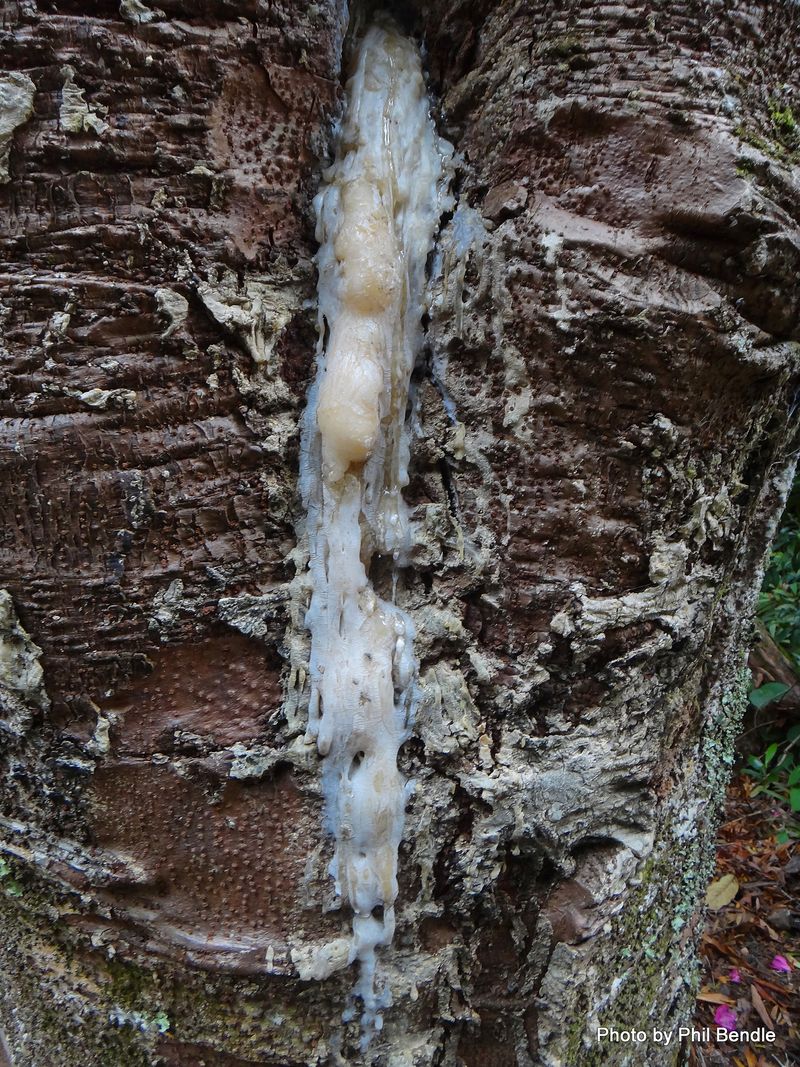New Zealand Woods by Clive Dalton – Article Two – New Zealand Kauri
Our passion is to create memorable items from the wide range of both native and exotic timbers available in New Zealand, and to share our skills with others such as yourself.The New Zealand Kauri (Agathis australis) is a member of the Araucariaceae family and is one of the world’s largest trees. It is unique to New Zealand where it grows in the semi-tropical northern part of the North Island down to a line from Te Aroha to Kawhia. Trees are massive growing to more than 30 m high and 5-7 m in diameter when mature, taking up to about 2000 years.
The needle leaves are thick, shiny, lanceolate 25mm x 8mm in size, with globular cones of 75m diameter. Tree trunks are very straight and cylindrical free of side branches as these are ejected naturally leaving no scar and perfect knot-free timber. The branches which are also massive develop at the very top of the tree. The bark is deciduous coming off in flakes, which prevent creepers attaching themselves and choking the tree.
The Kauri like the unique Podocarps that make up New Zealand bush, does not have a deep tap root. Kauri roots feed the tree from a network of surface roots absorbing nutrients generated in the deep layer of leaf litter. The largest remaining protected specimens of Kauri now have to be protected around their base from damage by visitors’ feet.
The Kauri has always been revered by Maori and is part of New Zealand’s early European history as Captain James Cook valued the timber to replace broken masts and spars in his explorations of the South Pacific.
Kauri’s unique golden yellow timber with beautiful straight grain was valued by early European pioneers who with their saws, axes and bullock teams could cut and process the massive trees. They used it extensively for houses, boats, bridges, furniture, fencing and household utensils. The timber was soon exported to build houses in early Sydney and San Francisco and the natural gum exuded by the tree was valued for shellac and the varnish trade.
Sadly, large areas of Kauri forest were burned by early settlers clearing land for farming, and it is now very difficult to obtain supplies of prime kauri timber.
A Kauri replanting programme is now underway and trees will be processed after 60-80 years for veneers. In the right conditions, kauri grow quickly and this offers great hope for the future. In the Waitawheta valley behind Mount Te Aroha where mature Kauri were harvested in the early 20th Century, it is now difficult to walk between the young growing trees.
Countless Kauri were blown down and buried in the many massive volcanic eruptions that took place in the North Island from 2000 to 40,000 years ago. The resinous quality of the wood and the swamp environment preserved the timber which is now being retrieved for furniture and turning. It has a very distinctive colour varying from light brown to green, depending on the swamp, silt or minerals which has covered it for all this time.
Clive Dalton & Hugh Oliver,
https://woodworkersguild.org.nz/
Feel free to use this information to improve knowledge of New Zealand trees.
